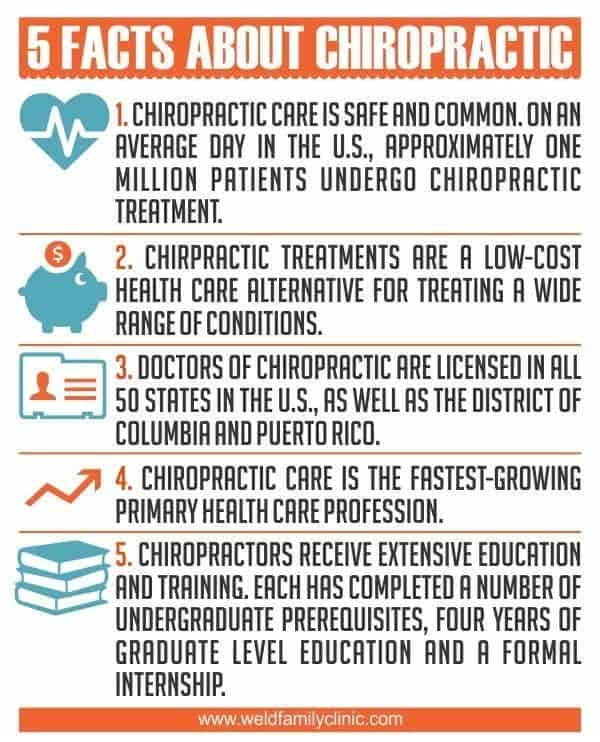The Scientific Research Behind Cold Laser Therapy: Understanding Its Systems And Effects
The Scientific Research Behind Cold Laser Therapy: Understanding Its Systems And Effects
Blog Article
Short Article By-Krog McIntosh
You may have heard of cold laser treatment as a promising treatment option for various problems, however have you ever before wondered just how it in fact works with a cellular degree? Comprehending the devices behind this therapy can shed light on its performance in promoting recovery and minimizing swelling. By discovering the science behind cold laser therapy, you'll gain understandings into the fascinating methods which light can affect mobile procedures and help with cells fixing.
Just How Cold Laser Therapy Functions
To understand how cold laser therapy functions, you require to comprehend the basic concepts of how light power interacts with biological cells. https://www.chiroeco.com/hormesis/ , additionally called low-level laser treatment (LLLT), utilizes particular wavelengths of light to pass through the skin and target hidden tissues. Unlike https://damienlfzun.kylieblog.com/30739660/cold-laser-therapy-a-secure-and-reliable-substitute-for-standard-discomfort-management-techniques utilized in procedures, cold lasers discharge low levels of light that do not generate heat or create damages to the tissues.
When these mild light waves reach the cells, they're soaked up by parts called chromophores, such as cytochrome c oxidase in mitochondria. This absorption activates a series of organic reactions, including enhanced mobile energy production and the launch of nitric oxide, which enhances blood flow and lowers swelling.
Additionally, the light power can likewise promote the manufacturing of adenosine triphosphate (ATP), the energy currency of cells, helping in mobile repair work and regeneration processes.
Essentially, cold laser therapy takes advantage of the power of light power to promote recovery and alleviate pain in a non-invasive and gentle way.
Devices of Action
Just how does cold laser therapy in fact function to create its restorative impacts on organic tissues?
Cold laser treatment, also referred to as low-level laser treatment (LLLT), runs with a process referred to as photobiomodulation. When the cold laser is put on the skin, the light power penetrates the tissues and is soaked up by chromophores within the cells.
These chromophores, such as cytochrome c oxidase in the mitochondria, are then promoted by the light energy, resulting in a cascade of biological reactions. One key device of activity is the improvement of mobile metabolism.
The soaked up light energy enhances ATP production in the mitochondria, which is critical for mobile function and repair service. In addition, cold laser treatment helps to decrease inflammation by preventing inflammatory moderators and promoting the release of anti-inflammatory cytokines.
This anti-inflammatory effect adds to pain relief and cells recovery.
Restorative Results
Understanding the restorative effects of cold laser therapy involves identifying how the boosted mobile metabolism and anti-inflammatory residential or commercial properties add to its positive results on biological tissues.
When the cold laser is related to the damaged location, it boosts the mitochondria within the cells, leading to increased production of adenosine triphosphate (ATP), which is crucial for cellular feature and repair service. This increase in cellular energy speeds up the recovery process by advertising cells regrowth and minimizing inflammation.
Furthermore, the anti-inflammatory homes of cold laser treatment aid to reduce pain and swelling in the targeted location. By preventing inflammatory mediators and promoting the launch of anti-inflammatory cytokines, cold laser therapy aids in reducing discomfort and boosting the general healing response.
This decrease in inflammation not just gives prompt alleviation however likewise supports lasting tissue repair.
Conclusion
To conclude, cold laser therapy functions by stimulating cellular repair service and cells regeneration through photobiomodulation. Its anti-inflammatory residential properties offer discomfort alleviation and minimize swelling by preventing inflammatory moderators.
This treatment provides a comprehensive technique to healing, providing both immediate alleviation and long-term tissue repair service benefits.
Through its devices of activity, cold laser therapy verifies to be a reliable and appealing treatment choice for a variety of problems.
